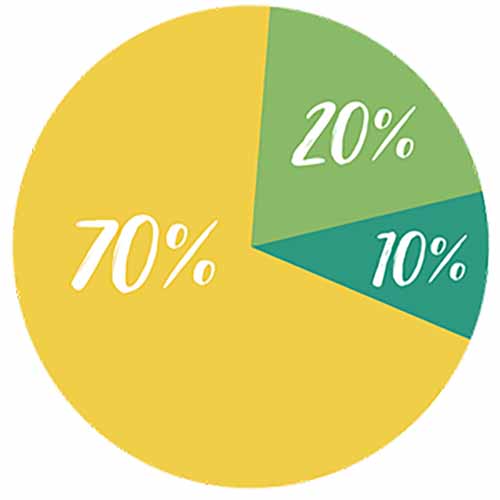Setting Direction

Setting direction is about effectively translating University and local strategies and plans into meaningful and realistic objectives for teams and individuals, so they feel connected to the wider purpose. It is about providing clarity around individual responsibilities and accountabilities in the team and setting clear expectations for standards of work and behaviour.
Behavioural Statements
- I translate departmental strategies and plans into meaningful and realistic objectives for individuals and my team/ group.
- I clarify responsibilities and accountabilities with individuals and within my team/ group.
- I clearly communicate how the team/ group’s accountability fits within the wider organisational context.
- I allocate time for planning.
Example of on-the-job development activities (70)
Think of a time when you have experienced this task being completed successfully by one of your managers. What did they do? What helped you to know what was expected from you and the team?
Identify a way of showing all your team members responsibilities and accountabilities. Look for ways of gaining some best practice and good ideas?
Hold team meetings on a regular basis to keep the team up to date on the strategic objectives of the team and organisation. Encourage team members to ask questions and talk about the contributions they have made.
Develop a comprehensive plan against your team/ area’s annual objectives. Seek feedback on your plan from your team members and your manager.
Example of social and peer learning activities (20)
Arrange a meeting with colleague to interview them using questions that establish how they complete this task successfully. Identify what you do differently following the interview.
Ask a colleague to review what you have developed and gather feedback. What was good about your method of working, what could be changed to ensure you are clear with your team?
Develop a method for gathering feedback at the end of each team meeting. Find out what they liked about how you communicated the teams goal alignment. What could be improved at the next team meeting?
Arrange a coach to help you facilitate your planning. To help you keep on track and assess how you are allocating time to plan.
Recommended Learning Resources (10)
Our Future Strategy (Internal document)
The importance of focus (linkedin.com)
How to use SMART goals (Linkedin Learning)
Building trust and collaborating with others (LinkedIn)
Communicating within teams (LinkedIn)
Develop Your Strategic Planning Skills (LinkedIn)
Suggested reflection / discussion questions
How can you consider if deeper links with particular networks and alliances would help to improve organisational outcomes? Initiate these links and report back outcomes (positives as well as other learnings) to your peers and to the University more broadly.
When making a major decision, write down all the impact it will have on other areas of the organisation. Discuss these impacts with other areas before implementing the decision to minimizing any negative impact.
How will you ensure your team knows, lives and breathes the University’s values, so each team member has a clear understanding of their responsibilities to achieving the team accountabilities?
Describe how you will ensure time is allocated for planning and is protected from your day-to-day tasks?

